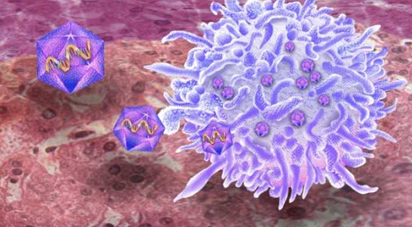White blood cells (WBCs), also called leukocytes or leucocytes, are the cells of the immune system that are concerned in protecting the body against both communicable disease and foreign invaders. All white blood cells are formed and derived from multipotent cells in the bone core known as hematopoietic stem cells. While immune cells called neutrophils are well-known to act as infantry in the body’s war on germs, a National Institutes of Health-funded study suggest they can act as medics as well. By studying rodents, researchers showed that instead of attacking germs, some neutrophils may help heal the brain after an intracerebral blood loss, a form of stroke cause by rupture blood vessels.
The study suggests that two neutrophil-related proteins may play critical roles in protecting the brain from stroke-induced damage and could be used as handling for intracerebral flow of blood. Accounting for 10 to 15 percent of all strokes, intracerebral hemorrhages take place when blood vessel crack and leak blood into the mind, often leading to death or long-term disability. Constant high blood force is the most important risk factor for these types of stroke. The initial phase of damage appears to be caused by the pressure of blood leaking into the brain. Over time, further harm may be caused by the gathering of toxic levels of blood products, insightful immune cells, and swelling.
In conclusion, binding protein lactoferrin may defend the brain from intracerebral hemorrhagic strokes. Mice and rats injected with lactoferrin 30 minutes after hemorrhages improved faster and had reduced brain damage as compared to animals given placebos. Giving mice lactoferrin 24 hours after a stroke was also effectual.
